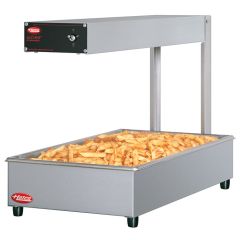In the foodservice business, the ability to cook every customer's meal to order is merely wishful thinking. So the next best thing would be to cook food in advance and keep it warm and fresh up until the point of serving it. For that, food warming equipment has become an indispensable part of any foodservice business.
Here, you will know about the types of food warming equipment available in the market.
Back of House Warmers
These warmers are meant to be used in the kitchen and usually have stainless steel exteriors for durability. In most cases, these units focus on function over form, as they will not be visible to customers.
A heated holding cabinet can be a useful piece of equipment for nearly any foodservice operation. These use heat with or without humidity to keep food fresh and warm. Most heated cabinets come on casters to make transportation simple and many are available with durable polyethylene exteriors for caterers who will frequently move the equipment around. Full-, three-quarter-, and half-size holding cabinets are available with pan slides or with shelves and are rated by how many pans or plates they can hold.
Roll-in and roll-through units are also available for high-volume operations. Some have glass or polycarbonate doors to allow users to easily keep track of the food inside and many are insulated to ensure energy efficiency and minimal heat loss.
Commercial microwaves get a bad rap in the restaurant world, but when used properly, they allow chefs to keep up with rush periods by preparing food ahead of time. These are rated by light-, medium-, and heavy-duty, with each category designating how powerful the microwave is as determined by its wattage. The higher the wattage, the faster it will heat food and able to handle a higher throughput. These are available in full- and half-pan sizes, and some have a shelf to accommodate two pans at once. Many are also programmable.
Drawer warmers are able to keep several food types warm at varying temperatures and without having to worry about flavor transfer. Available in freestanding and built-in configurations, some may have as few as one or as many as four drawers. Most models hold a full-size pan in each drawer, though the depth might vary and some even allow you to insert two pans into each drawer. Some also offer humidity controls to help keep food fresh and moist.
Heated Display
As opposed to back of house warmers, these heated displays are visible to customers.
Hot food display cases are available in both floor and countertop models. Pass-through units allow customers to reach in from the front, while those with fixed flat or curved glass across the front protect food items from contamination in full-service and cafeteria-style eateries. These cases can have interior lighting and slanted shelves to make products more visible to encourage impulse buys, and some models provide storage in the base of the unit. Specialty versions of display cases include pizza displays and pretzel display cases.
Countertop food warmers and warming shelves allow for the display of food on a buffet or in the back of the house while keeping it held safely at warm temperatures. Available in countertop and drop-in versions warming shelves come in rectangular and round shapes in a variety of sizes, and can be made of different materials. These are made to fit full-size or fractional pans, and most require water to provide gentle, even heat to food in the pan.
Heat lamps are designed to keep food warm temporarily and are not meant for long-term holding, as the concentrated heat source can dry out or continue to cook the food. These are either permanently mounted above the food or suspended from a frame that sits on the countertop and is usually portable. For heating individual dishes, pendant-style heat lamps are ideal while strip-style lamps are designed for heating larger areas.
Specialty warmers are mostly found in C-stores, and concession stands. They are food-specific and can be used to keep chips, fried food and soup warm.
7/11/2018

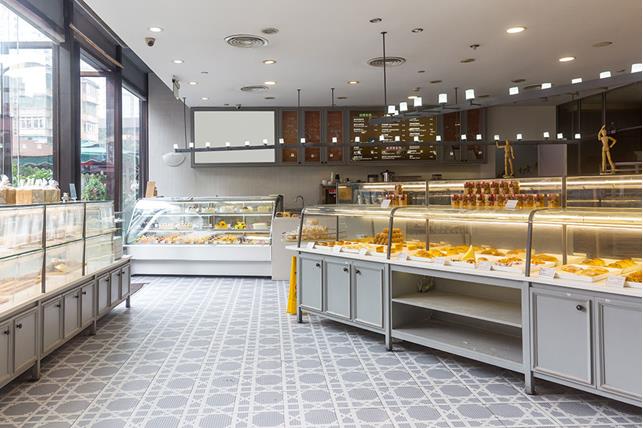
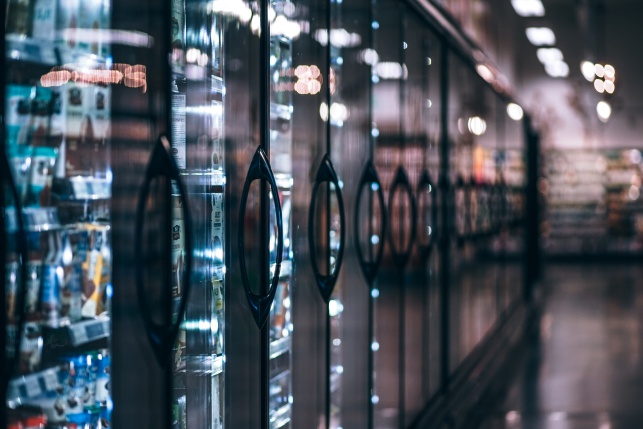

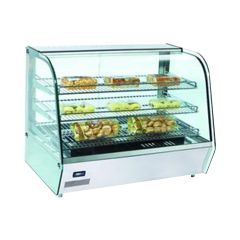
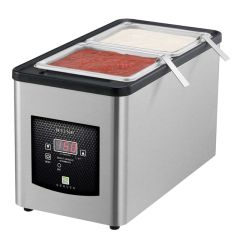

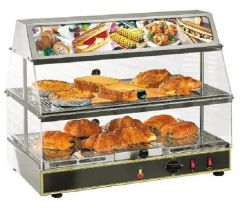
![TAIJI Food Display Warmer OSL-450 [PRE-ORDER]](https://www.kitchen-arena.com.my/media/catalog/product/cache/18dfc42e1108b6a6c9ac4e6c9130e9ac/o/s/os-450_r_-osl-450_r_.png)
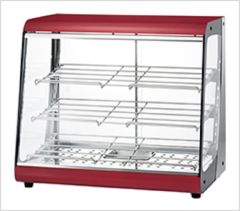

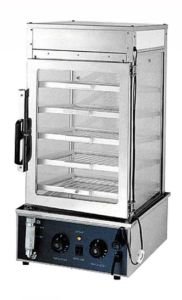
![[PRE-ORDER] MSM Countertop Food Display Warmer (560 x 350 x 520)mm MSM-301](https://www.kitchen-arena.com.my/media/catalog/product/cache/18dfc42e1108b6a6c9ac4e6c9130e9ac/f/o/food-warmer-600x600_2_1.jpg)
